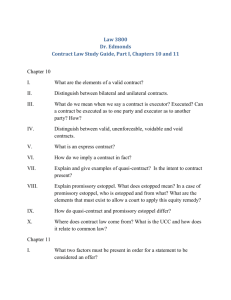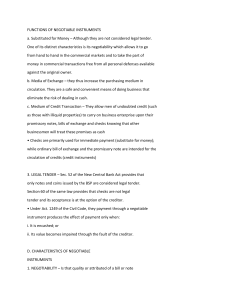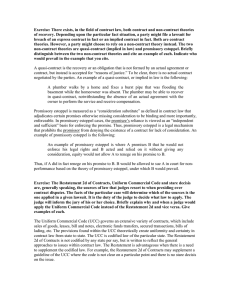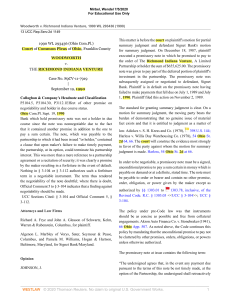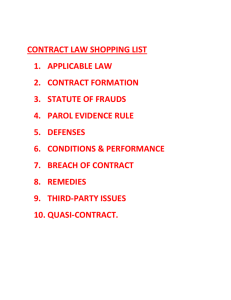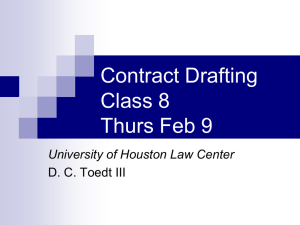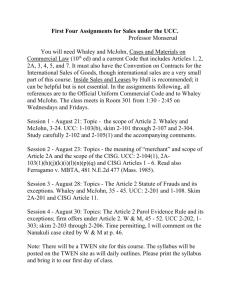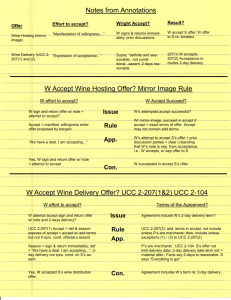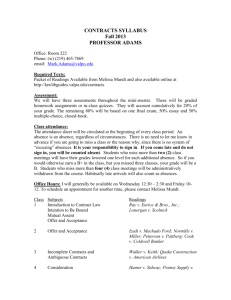Jim in Northern CA | Extra Info
advertisement
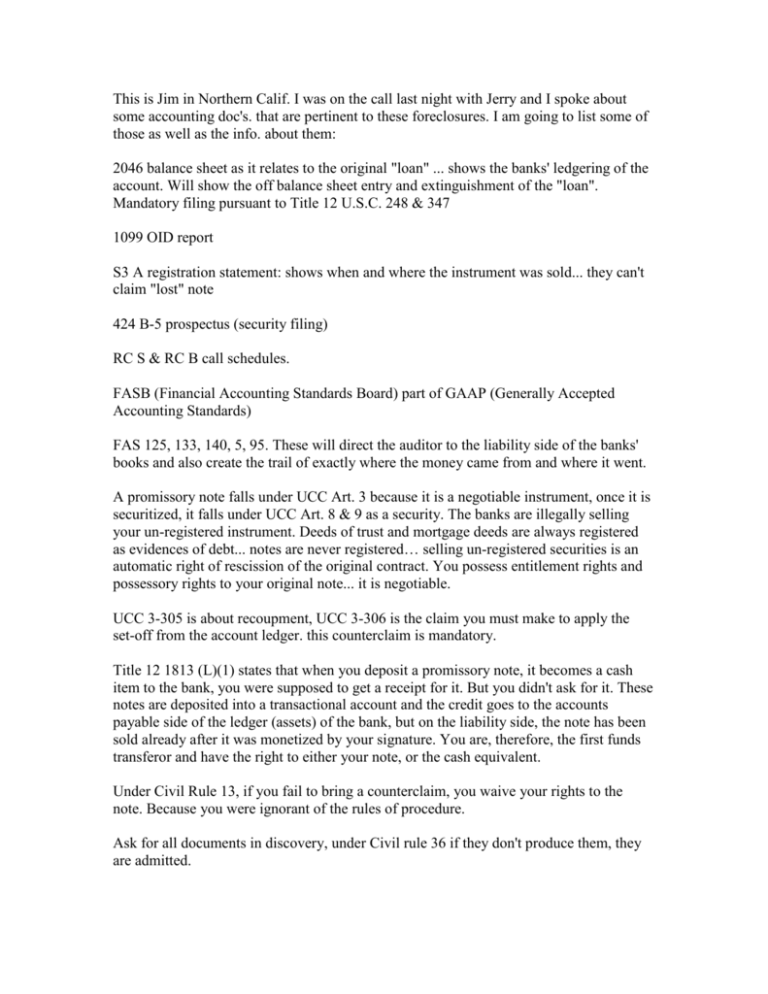
This is Jim in Northern Calif. I was on the call last night with Jerry and I spoke about some accounting doc's. that are pertinent to these foreclosures. I am going to list some of those as well as the info. about them: 2046 balance sheet as it relates to the original "loan" ... shows the banks' ledgering of the account. Will show the off balance sheet entry and extinguishment of the "loan". Mandatory filing pursuant to Title 12 U.S.C. 248 & 347 1099 OID report S3 A registration statement: shows when and where the instrument was sold... they can't claim "lost" note 424 B-5 prospectus (security filing) RC S & RC B call schedules. FASB (Financial Accounting Standards Board) part of GAAP (Generally Accepted Accounting Standards) FAS 125, 133, 140, 5, 95. These will direct the auditor to the liability side of the banks' books and also create the trail of exactly where the money came from and where it went. A promissory note falls under UCC Art. 3 because it is a negotiable instrument, once it is securitized, it falls under UCC Art. 8 & 9 as a security. The banks are illegally selling your un-registered instrument. Deeds of trust and mortgage deeds are always registered as evidences of debt... notes are never registered… selling un-registered securities is an automatic right of rescission of the original contract. You possess entitlement rights and possessory rights to your original note... it is negotiable. UCC 3-305 is about recoupment, UCC 3-306 is the claim you must make to apply the set-off from the account ledger. this counterclaim is mandatory. Title 12 1813 (L)(1) states that when you deposit a promissory note, it becomes a cash item to the bank, you were supposed to get a receipt for it. But you didn't ask for it. These notes are deposited into a transactional account and the credit goes to the accounts payable side of the ledger (assets) of the bank, but on the liability side, the note has been sold already after it was monetized by your signature. You are, therefore, the first funds transferor and have the right to either your note, or the cash equivalent. Under Civil Rule 13, if you fail to bring a counterclaim, you waive your rights to the note. Because you were ignorant of the rules of procedure. Ask for all documents in discovery, under Civil rule 36 if they don't produce them, they are admitted. We loaned them the note, we started the process, so we need to show them where to fix the problem. At law, we are presumed to be knowledgeable in banking since we deal in commercial paper every day. FRN's are nothing more than registered promissory notes, that's why they are recognized as deposits and you receive a receipt from the bank for your deposit. You should register your promissory note on a UCC-1 or UCC-3 to show a public interest in the note itself. This is recognizable in Court. Otherwise, your only public interest is shown by your payment to the bank, on the receivable(asset) side of their ledgers. The 1099 OID will identify who the principal is from, which capital and interest was taken, and who the recipient or payer of the funds are, and who is holding the account in escrow, un-adjusted. I am not an attorney, and this is not to be construed as legal advice. If you have questions about the information contained herein, seek the advice of competent counsel, if that exists. Kind Regards, Jim
